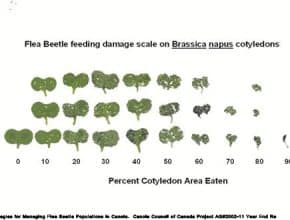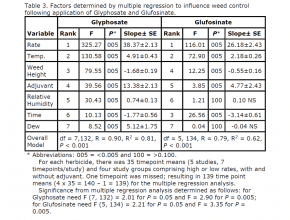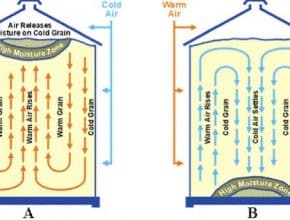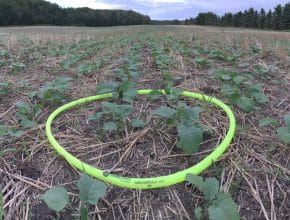What would you do – spray or not spray – in the four scenarios outlined in this quiz?…
Canola Watch Posts
-
-
-
Pythium species, Fusarium species and Rhizoctonia solani – the "three amigos" – can cause seed rots, root rots and stem decay on young canola plants. Seed treatments are generally pretty good, but Krista Anderson from Bayer, Mark Belmonte from University of Manitoba and Autumn Barnes from the CCC explain the factors that can increase risks…
-
-
Canola fields may benefit from a top-dress application of nitrogen or sulphur (or both) if logistics and weather prevented the full recommended application of fertilizer at or before seeding, and if improved weather conditions (rainfall, for example) have increased the yield potential of the crop…
-
-
When growers have canola stands of fewer than four plants per square foot — due to low seeding rates, poor emergence, insects*, crusting, frost, wind, etc. — they grapple with the question whether to reseed…
-
-
Canola Watch has many valued connections, including the Canola Council of Canada, SaskCanola, Alberta Canola and Manitoba Canola Growers, as well as research institutions, government extension departments, ag businesses, universities and other commodity groups. This section provides timely support for canola-related projects outside of Canola Watch…




